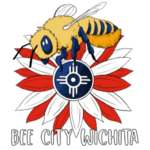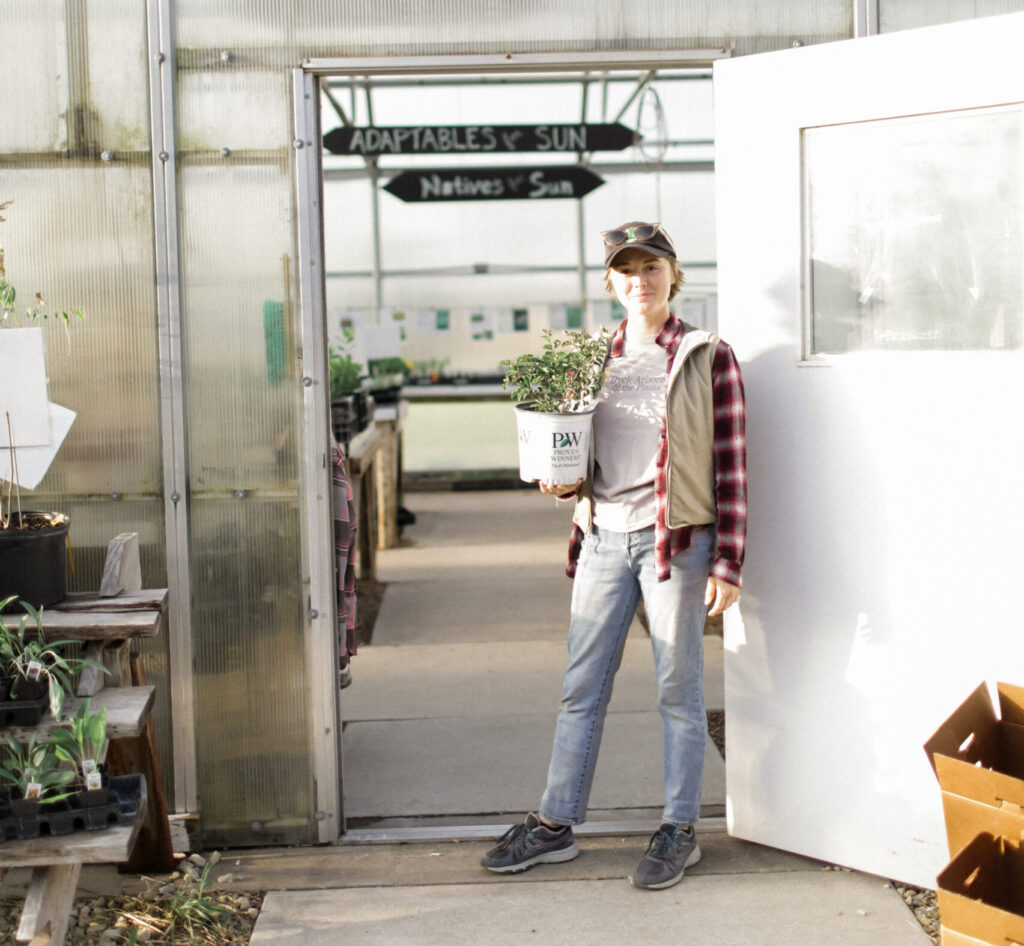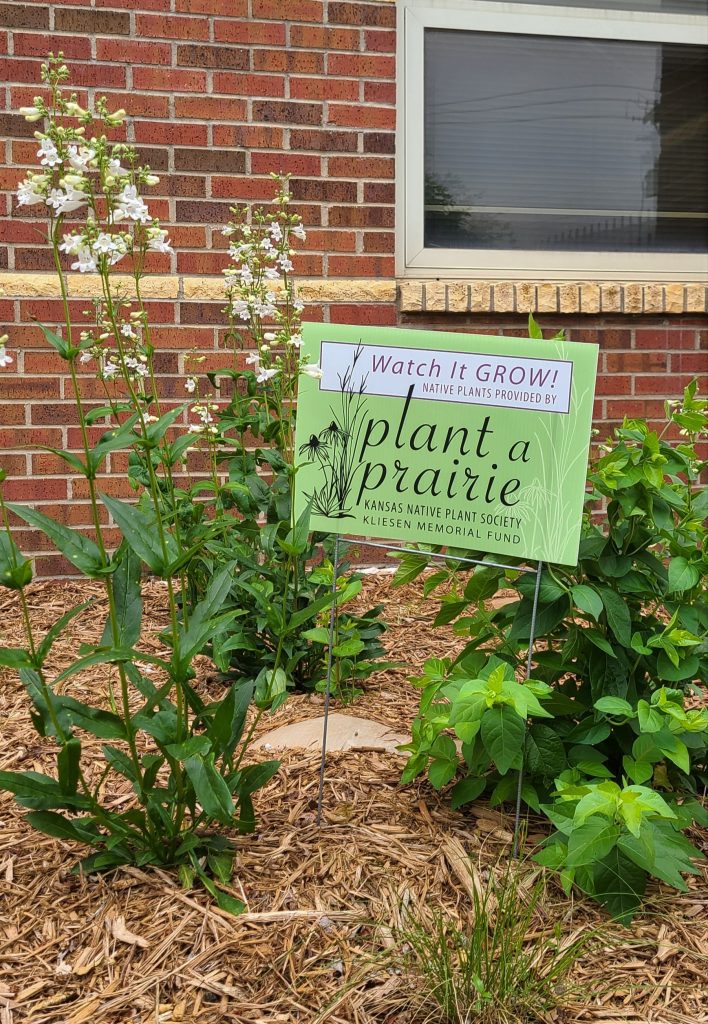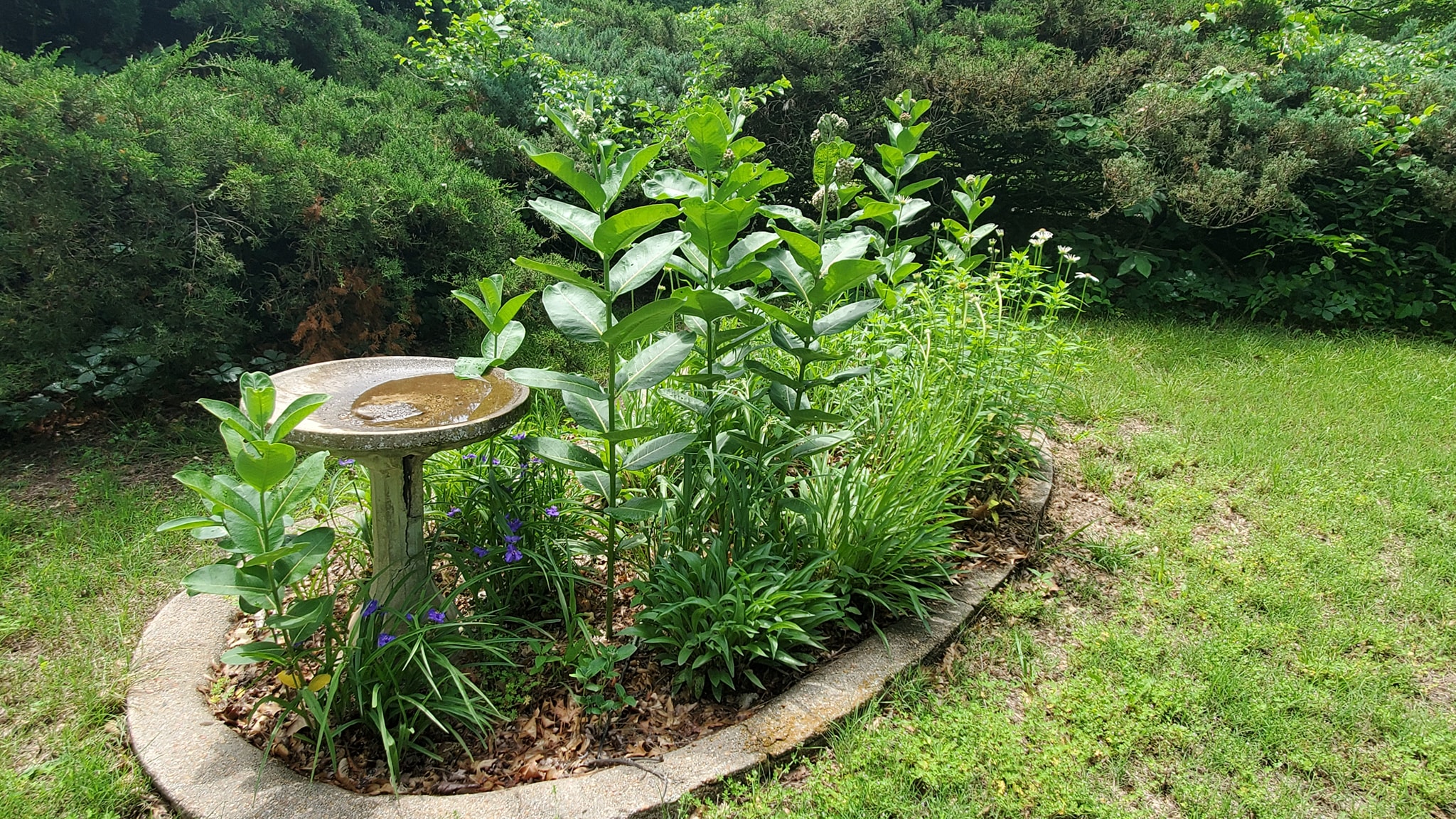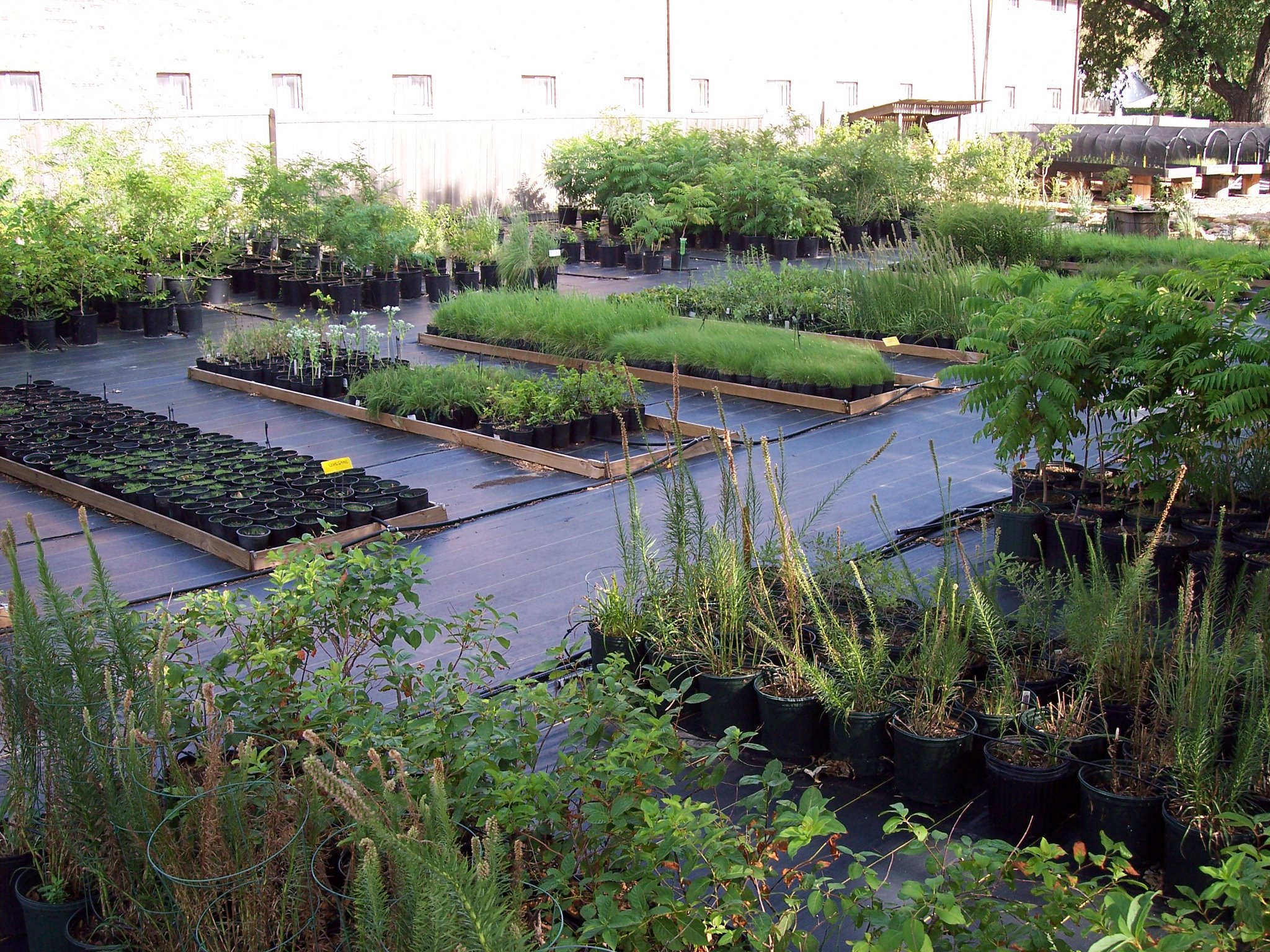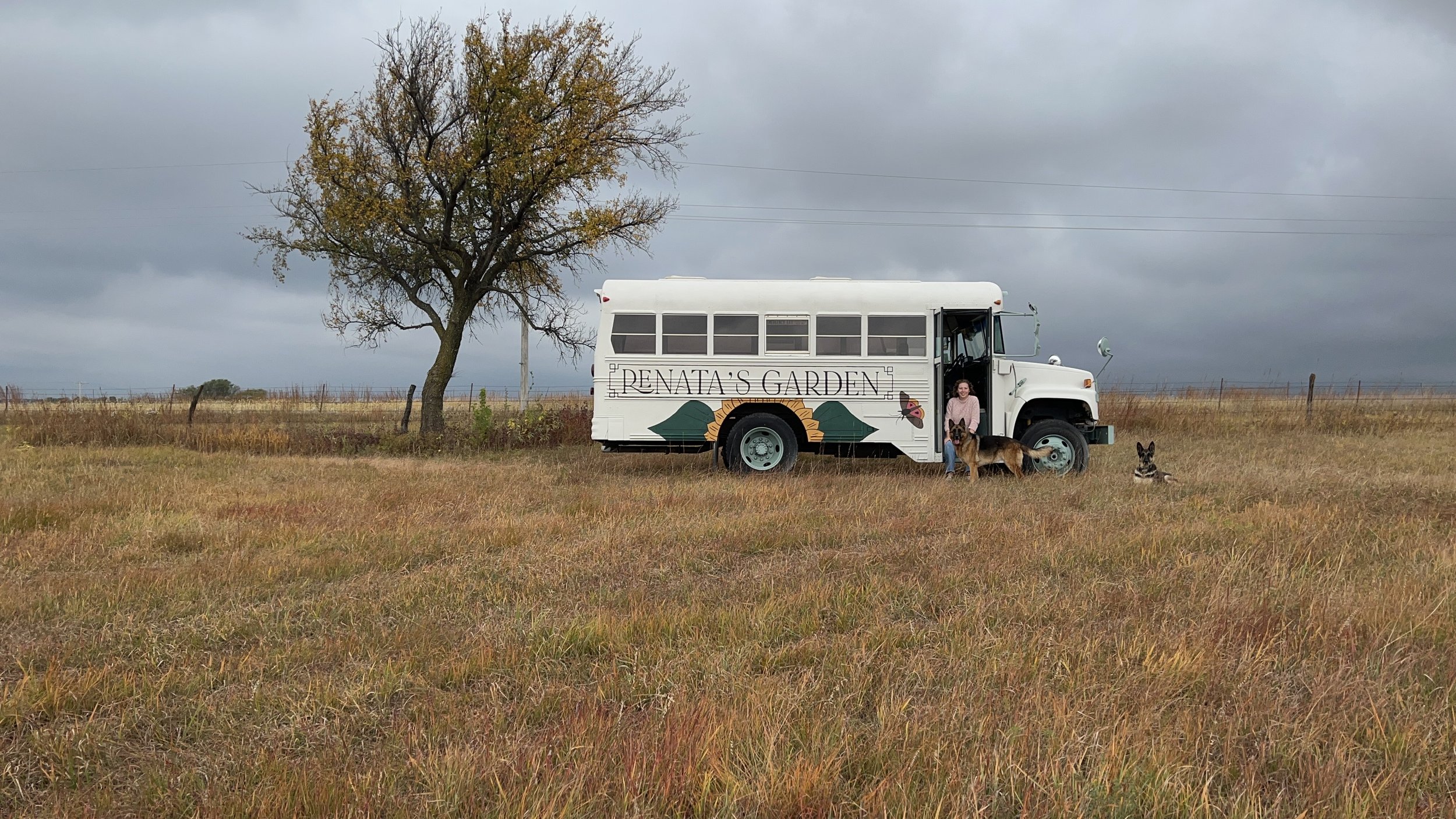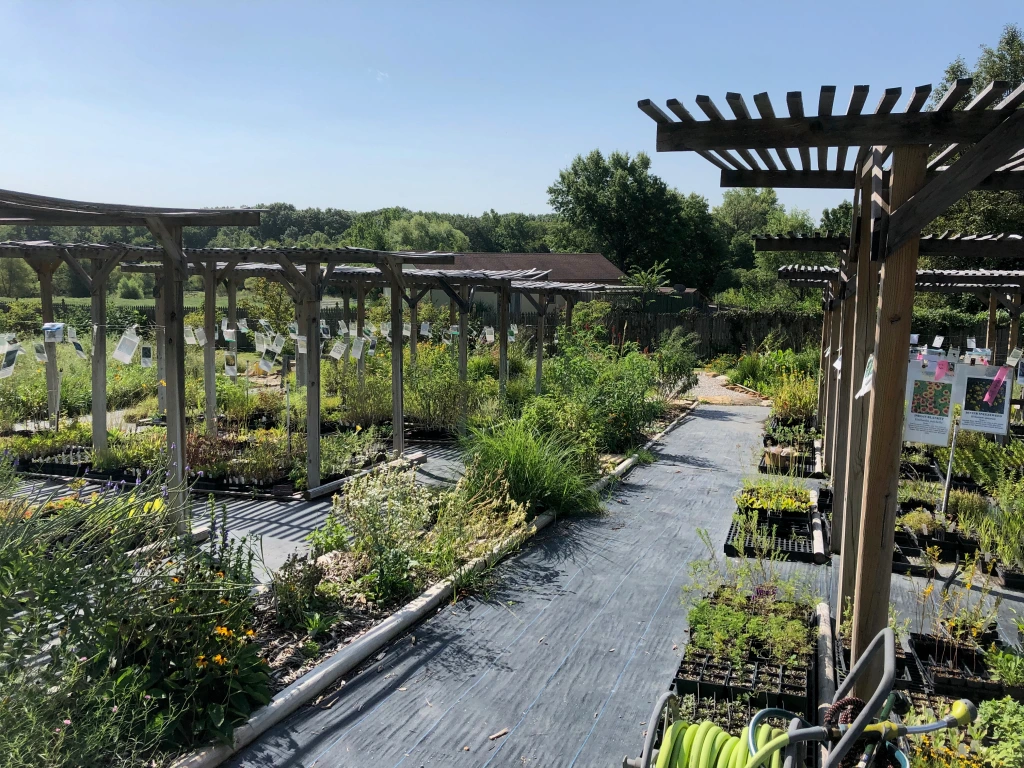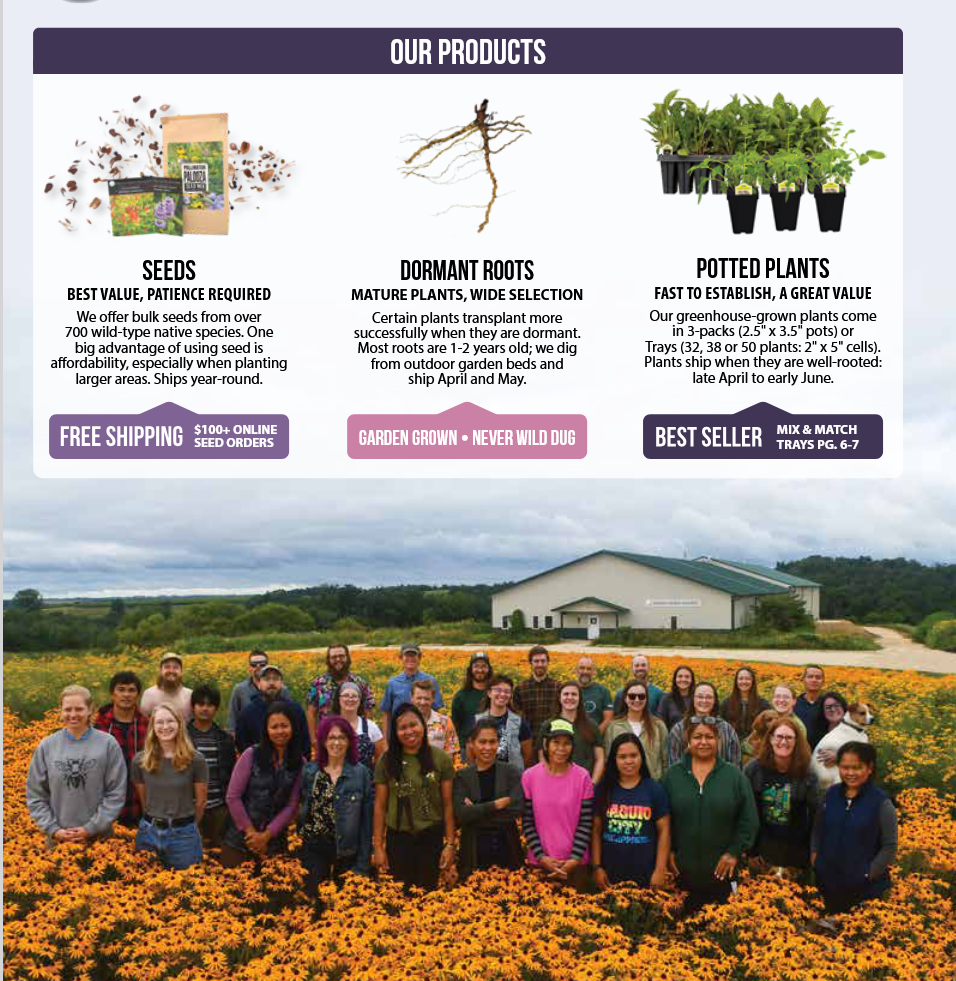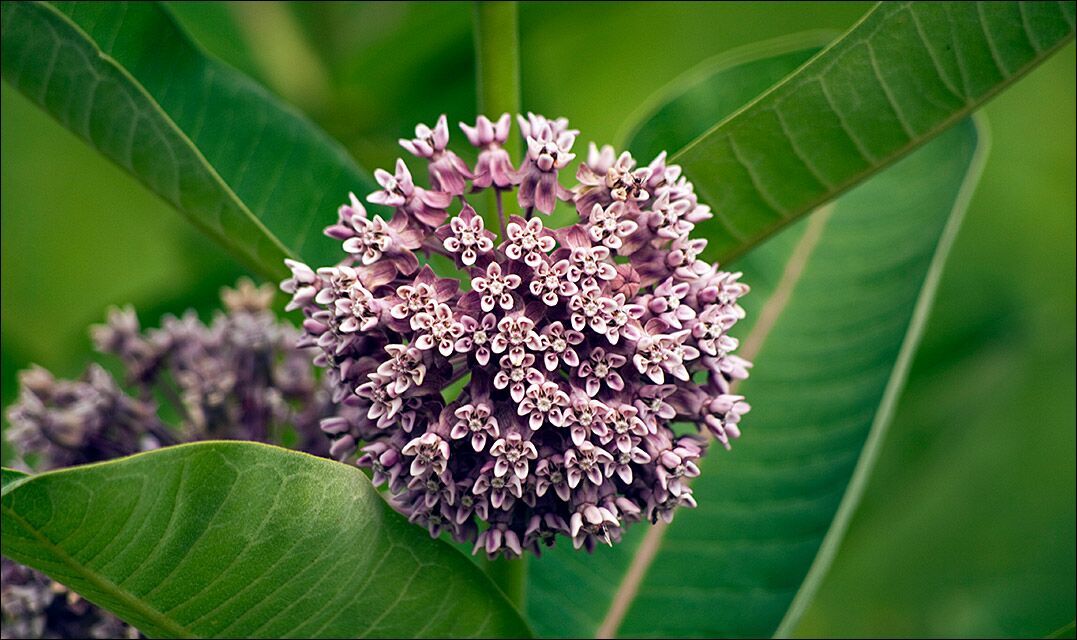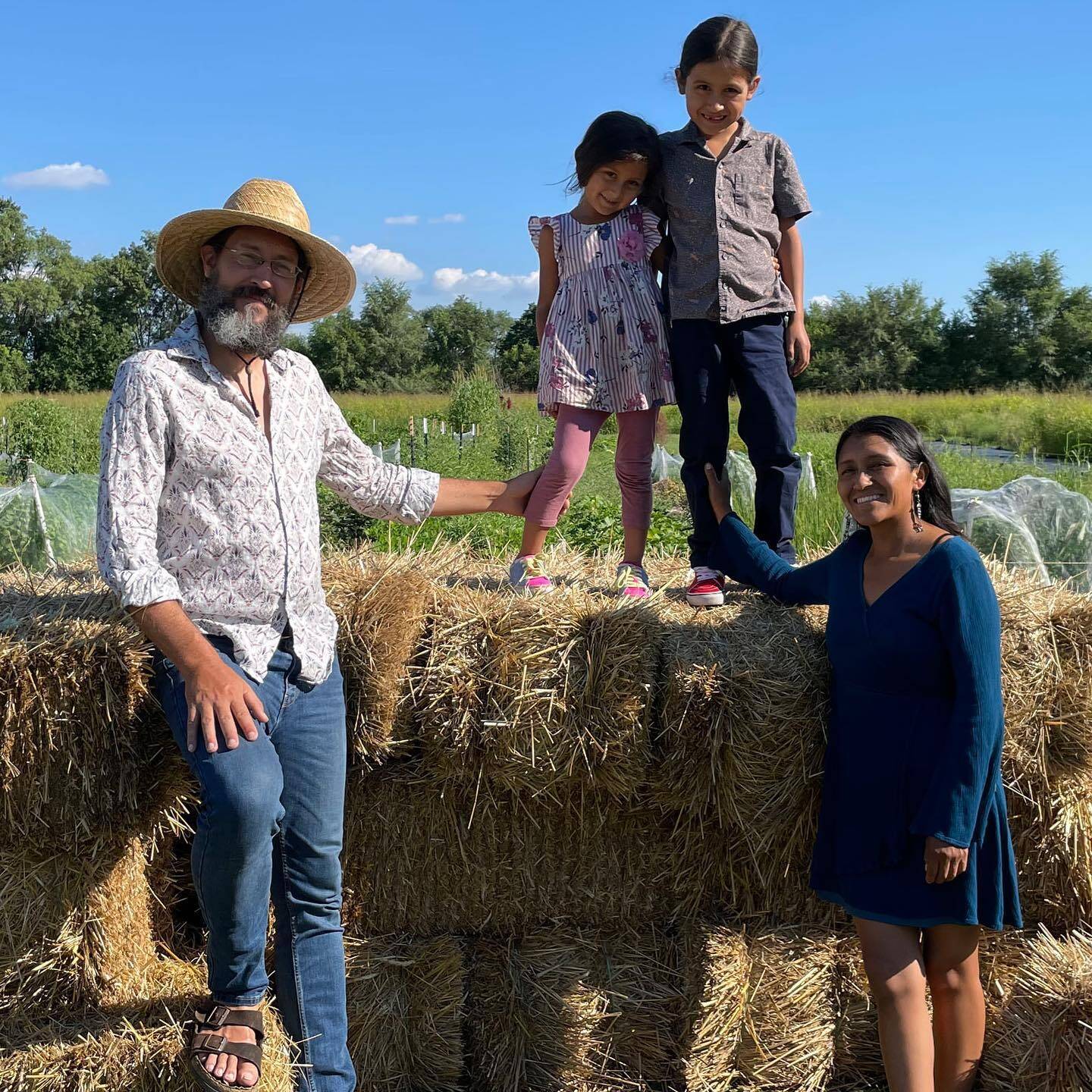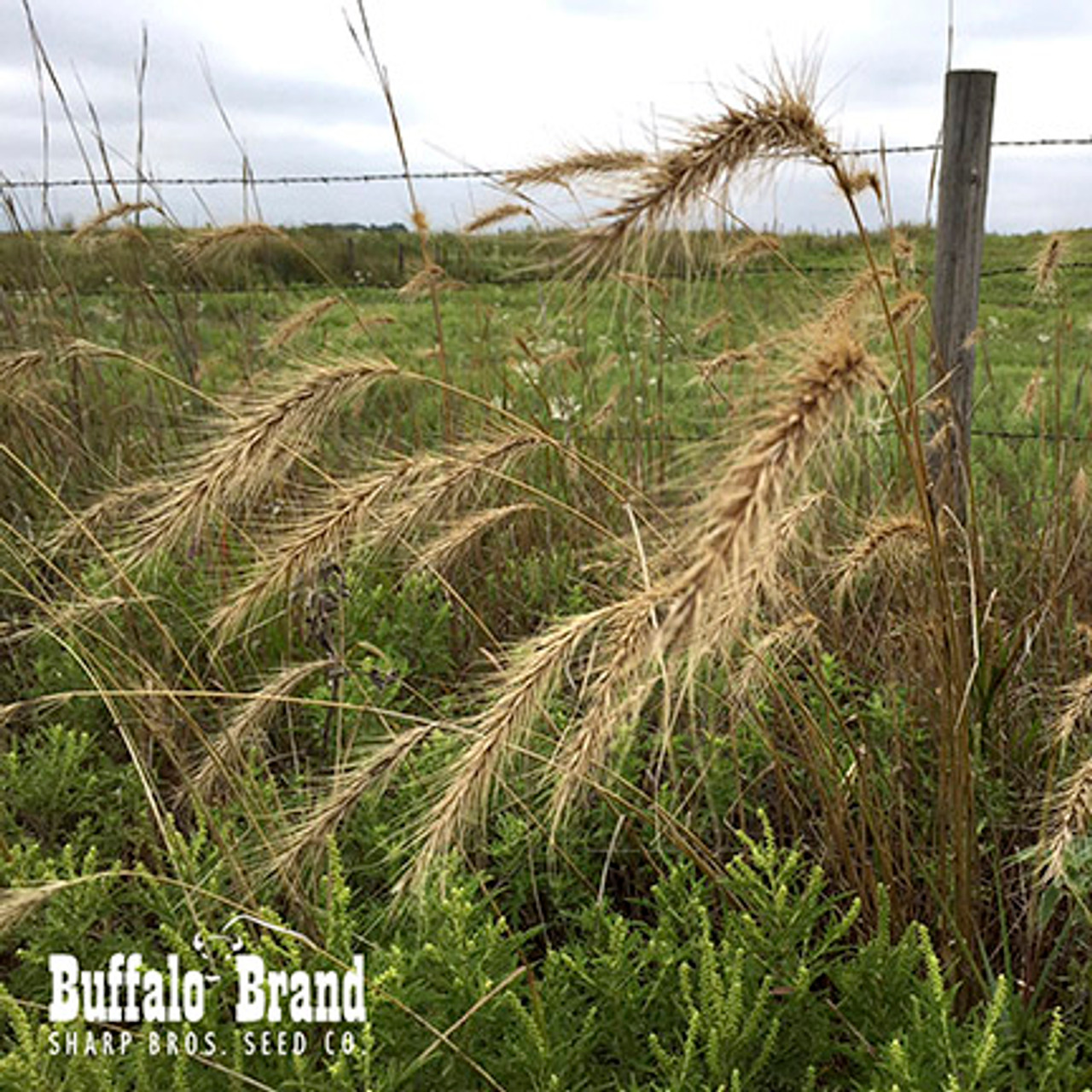Bee City Wichita
Native Gardening Resources
The Bee City Wichita committee has hand-picked these resources to get you started on your native garden journey.
Live Resource Document
On this page:
Where to buy native plants.
- All
- Wichita
- Kansas
- Online Retailer
- Out of State
- Bulk or Wholesale
Dyck Arboretum
A nonprofit specializing in native habitat restoration, native plant sales, and gardening in Hesston, KS.
Kansas Native Plant Society
KNPS offers FREE “Plant a Prairie” starter packages to teachers as well as native plant resources.
Wichita Wildflowers
Grower of native plants for Wichita area landscapes and pollinator gardens.
Prairie Pride Native Plants
Wichita-based. Primarily sells native grasses, wholesale prices available.
Renata's Garden
Renata’s Garden now offers locally-sourced native plants! Mobile plant vendor with pop-ups.
Hidden River Prairie Nursery
A native prairie nursery in the Ninnescah River Valley, Kansas. Open by appointment and pop-ups.
Botanical Belonging
This grower is based in Tonganoxie, KS. Native plant supplier and educational nonprofit
Prairie Moon Nursery
Minnesota-based nursery offering seeds, plants, plant kits, and gardening supplies.
Monarch Watch
Offers a milkweed market and FREE milkweed to restoration projects, schools, and nonprofits.
Prairie Nursery
Wisconsin-based retailer selling plants, seeds, and pre-planned kits for every need.
Buffalo Seed Company
Shawnee, KS, grower of seeds for the Midwest bioregion, including native plants and produce.
Sharp Bros. Seed Co.
A Kansas-based retailer of bulk grass and wildflower seed suitable for larger restoration projects.
Learn about native plants.
Research native plants in these databases:
Need more information about the native plants for your area? Start here!
☆ Kansas Wildflowers & Grasses – Kansas wildflower and grass identification with thorough species information. They also have a KS Wildflower mobile app.
Grow Native – Database of native plant sellers, plus tips and guides. Covers the lower Midwest.
Plant Native – Database of native plant sellers, plus tips and guides. Covers most of the United States.
Lady Bird Johnson Wildflower Center – Look up information on the specific native plants that grow near you. Covers North America.
“Wildflower” seed mixes are not always beneficial native plants. Sometimes it’s pure marketing.
We frequently see non-natives from other continents and even invasive species being sold as “wildflowers” or “pollinator mixes” to capitalize on people’s good intentions.
Be certain that wildflowers are actually from your region by using trusted vendors and resources like the ones on this page, and by researching your plants.
Learn more about native plants and creating bee habitat:
Xerces Society – Society for insect education, parent organization of Bee City USA initiative
Monarch Watch – Learn to use native plants for monarchs and bees, free milkweed for teachers
Kansas Native Plant Society – native plant information, free plants for schools
Deep Roots – Kansas City nonprofit: native gardening tips, guided hikes, webinars, and more
- Sweet Sixteen Most Likely to Succeed native plant list is a wonderful starting point
Dyck Arboretum – incredible blog for native plant gardening information
Grow Native! – Kansas City nonprofit: plant sales, free webinars, and more (slightly MO specific)
Homegrown National Park – Nationwide habitat project by Doug Tallamy
Monarch Gard – Benjamin Vogt prairie plants and garden consultant, webinars, author
Designing a native garden.
The first step to garden design is identifying your garden goals. Do you want to host butterflies? Reduce water use? Attract birds? Boost yield on your veggie garden?
Depending on your goals, the way you garden may be different than someone else’s, but we all have the capacity to help pollinators along the way.
Considerations while gardening for pollinators:
- Year-long blooms provide year-long nectar (food)
- Use different flower shapes/colors to attract different pollinators. Butterflies like red and orange; bees like blue and purple; nocturnal pollinators like white.
- Host plants: you’re feeding the babies too, not just adults! If you prefer an unmunched garden for aesthetics (or because it’s your food), plant “sacrificial” plants outside of the main garden and move larva over there.
- Leave your leaves, stems, and flowerheads as nesting/overwintering sites.
- Leave bare ground in your garden to allow space for ground-nesting bees (~70% of our native bees nest underground)
Remember: Native gardening requires a little experimentation and patience. Thank you for helping our native pollinators!
Take good care of your bee hotels
While many people love to have bee hotels, and they can be very successful ways to help our native bees, it is important to remember that there is upkeep involved.
Please see Xerces Society’s bee nesting guide for more information on best practices (careful not to miss the handouts at the bottom of the page). Failing to keep houses clean can spread disease among bees, and site location is important for success.
Why you should native garden.
Planting native is...
- Water Friendly
- Wildlife’s Favorite
- Better with Time
Once established, native plant gardens take very little or even no extra watering to keep looking great. Saves you time and money.
Not just insects will thank you for the good meal and a place to raise their young. The birds will too along with all of our other native wildlife.
Native gardens change and grow with time. If allowed to, the plants will replenish themselves and spread, saving you money over annuals.
Native plants are beneficial not only to the environment around you but can lower the time and money spent on a garden. Every garden needs upkeep, so planting native is still a commitment.
When looking for native plants, it’s best to get plants grown as close to where you will plant them as possible. That’s why we recommend sourcing from local growers like the ones on this page.
This page is part of the Bee City Wichita initiative.
In February of 2023 Wichita became the first Bee City USA affiliate in the state of Kansas. This is our effort to making pollinator-friendly gardening more accessible in Wichita, KS, and the surrounding area.
